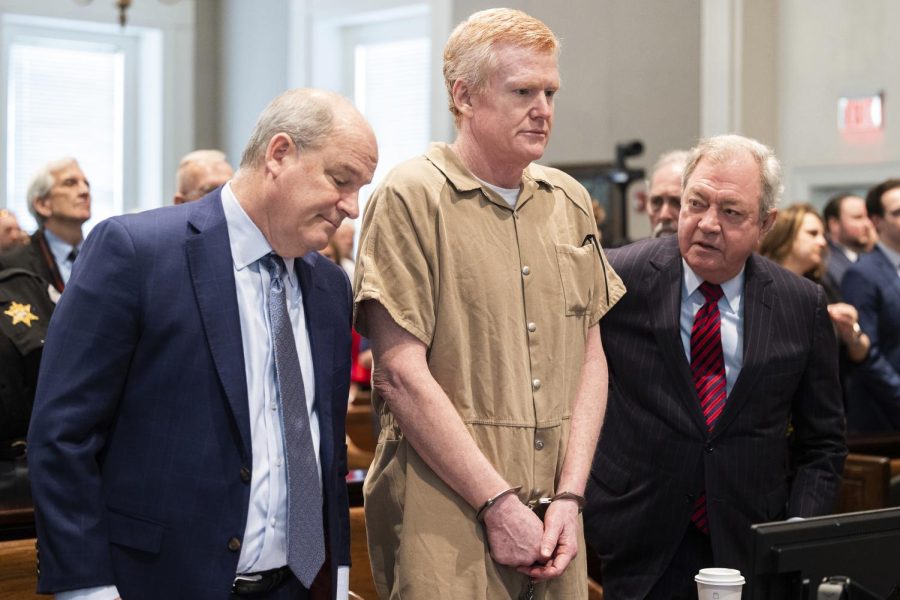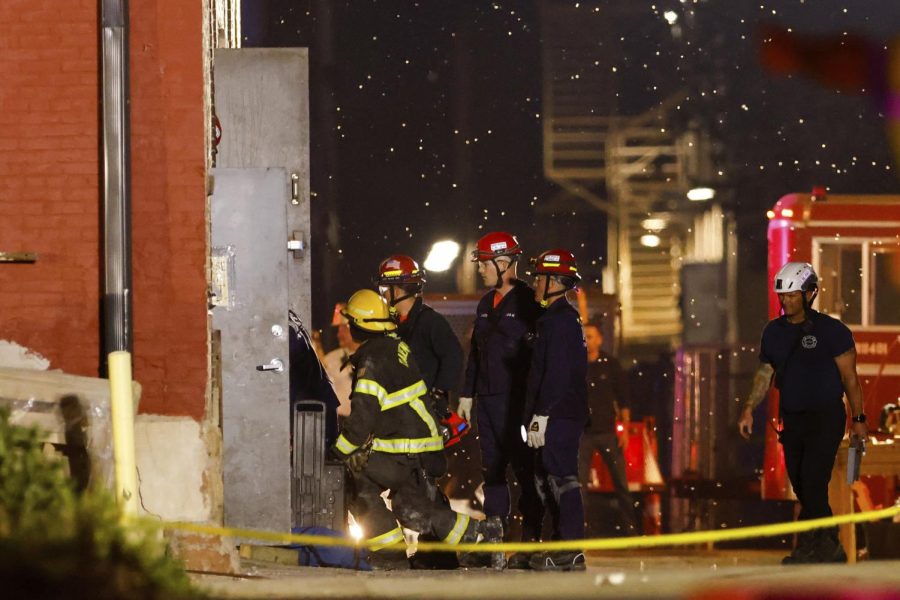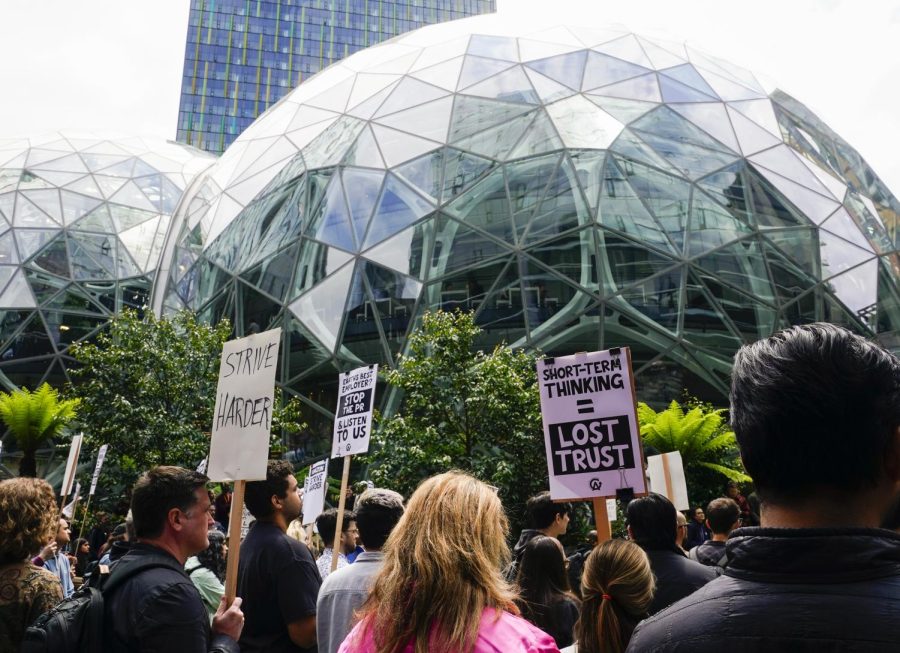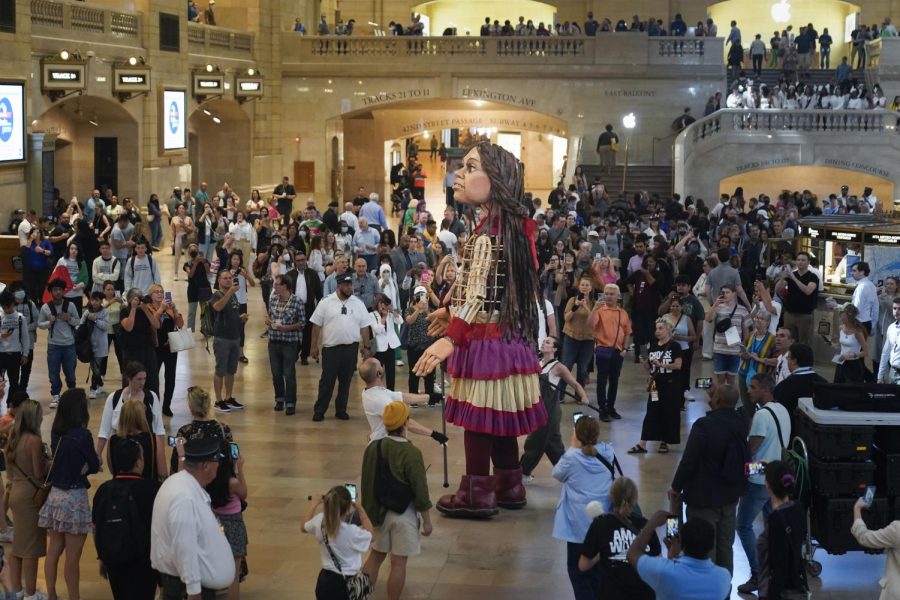MEGHAN BARR
Associated Press
NEW YORK — A slower-than-usual hurricane season is expected this year because of an anticipated El Nino, federal forecasters said Thursday, but they urged Americans to be prepared and warned that it takes only one storm to wreak havoc.
El Nino, which warms part of the Pacific Ocean every few years and changes rain and temperature patterns around the world, will likely reduce the number and intensity of tropical storms and hurricanes, the National Oceanic and Atmospheric Administration said in New York City.
Cooler temperatures on the surface of the Atlantic Ocean compared with recent years will also lower the probability of hurricane formation.
“El Nino helps to reduce the ability of storm systems coming off Africa to strengthen into tropical storms and hurricanes,” said Gerry Bell, the lead forecaster at NOAA’s Climate Prediction Center.
Bell cautioned that El Nino has not yet developed and officials have not yet issued any forecasts for it.
Officials expect about eight to 13 named tropical storms, of which three to six can become hurricanes with one or two major hurricanes with winds more than 111 mph.
The six-month storm season begins June 1.
Forecasters got it wrong last year when they predicted an unusually busy hurricane season. There were 13 named storms and two hurricanes, Humberto and Ingrid, both of which were Category 1, the lowest on the scale that measures hurricanes by wind speed. There were no major hurricanes.
In 2012, storm surge was devastating to the New York area when Superstorm Sandy slammed the East Coast, killing 147 people and causing $50 billion in damage. Sandy lost hurricane status when it made landfall in New Jersey.
A new mapping tool this year will keep coastal residents updated on the storm surge threat, using tides and currents to predict how high the surge might be and where exactly it will hit, said Holly Bamford, assistant administrator of NOAA’s National Ocean Service.
“Storm surge can be deadly,” Bamford said. “It only takes six inches of fast-moving water to knock an adult over.”
The map will be activated when a hurricane or tropical storm watch is announced, or about 48 hours before the onset of tropical storm force winds, and updated along with National Weather Service advisories every six hours.
New York City officials also launched “Know Your Zone,” a hurricane awareness campaign that is being billed as a one-stop-shop for hurricane preparedness. New Yorkers can go onto the city’s website to find out which evacuation zone they reside in and other critical storm-related information.
“The effects of Sandy make it clear why you must be prepared,” said Joseph Bruno, the city’s commissioner of the Office of Emergency Management.
The Atlantic hurricane season goes through cycles of high and low activity about every 25 to 40 years based on large scale climatic patterns. An average Atlantic season has 12 named tropical storms, six hurricanes and about three major hurricanes based on averages from 1981 to 2010, according to NOAA.
During the six-month season, forecasters name tropical storms when top winds reach 39 mph; hurricanes have maximum winds of at least 74 mph.







